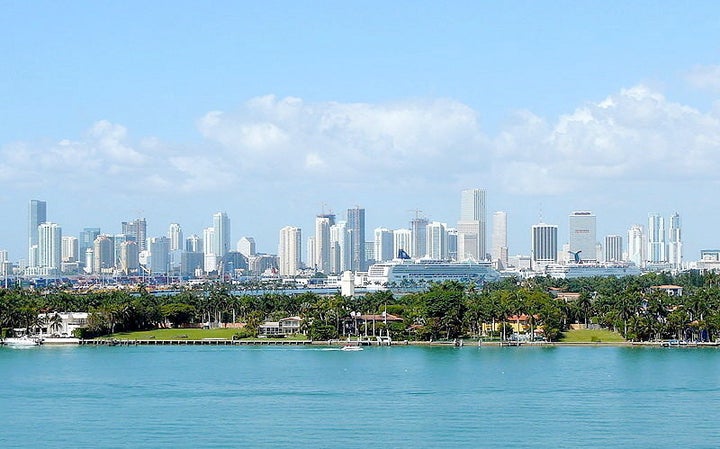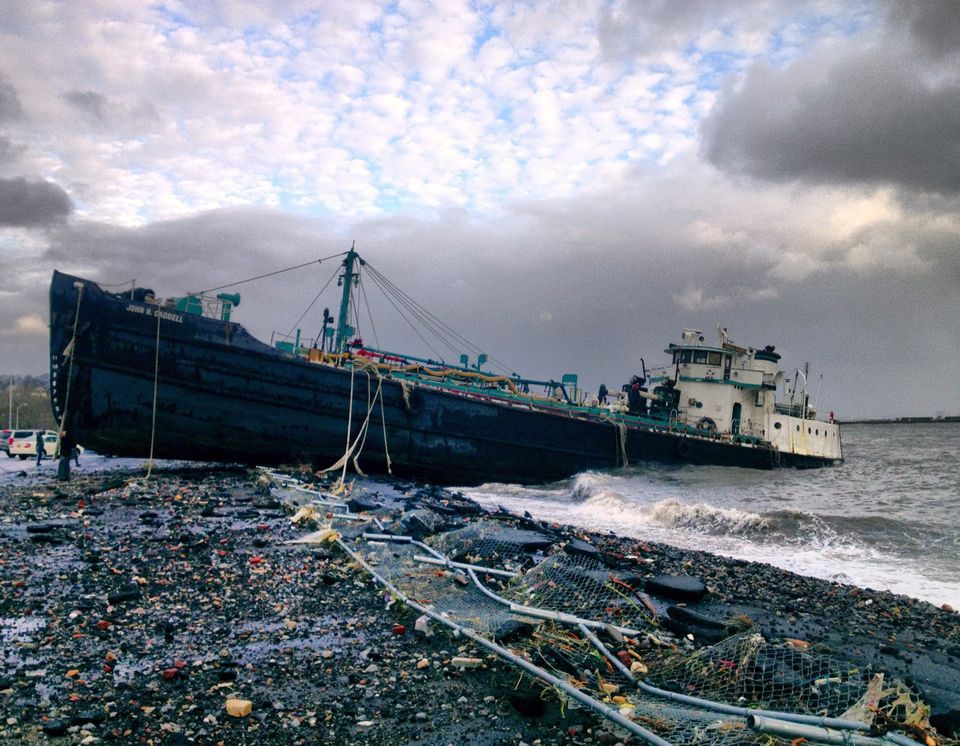
As Hurricane Sandy barreled toward the New Jersey coast, weathered Floridians may have dismissed its Category 1 status.
But as soon as the storm made landfall, it was clear Sandy brought incredible destruction, with surging seawaters wiping out homes, flooding subways stations, and claiming lives. According to Live Science, the superstorm notched a record 13-foot storm surge -- the number of feet water has reached beyond normal low tide -- at the Battery.
It was almost impossible not to wonder: how would low-lying Miami, already beset by tidal and storm flooding problems and rising sea levels, have fared against such a formidable rise?
“Storm surge is location, location, location,” Jamie Rhome, the lead storm surge specialist at the National Hurricane Center, told HuffPost. “The outcome would be totally different if you took the same storm and put it in Miami. The geography here is different, the topography here is different.”
On top of that, Hurricane Sandy intensified near the Northeast after interacting with a weather system that wouldn’t be found near Miami: cold winter weather powered Sandy into the largest tropical system ever recorded in the Atlantic Basin.
But though a storm like Sandy isn't possible in Miami, that's not true of her deadly storm surge.
"The storm surges seen in Sandy are certainly possible here,“ Rhome said. "Andrew produced even greater storm surges in the southern Biscayne Bay."
According to the National Oceanic and Atmospheric Administration, a surge of 16.5 feet was recorded at the Deering Estate at Cutler as Hurricane Andrew battered Dade in 1992.
(The 1935 Labor Day Hurricane that hit the Florida Keys racked an insane storm surge of 18 to 20 feet, destroying Florida East Coast Railroad tracks and an 11-car train, and killing 423 people.)
But as Rhome points out, Category 5 Andrew was much smaller in size when compared to Sandy -- so while Miami does see equal storm surge, it's not likely to be as wide.
“You can clearly see that Andrew wasn’t the worst case scenario, which is not what people here think,” he said. “The categories don’t tell you anything about impact, especially as it pertains to storm size. The categories only tell you the peak wind speed.”
